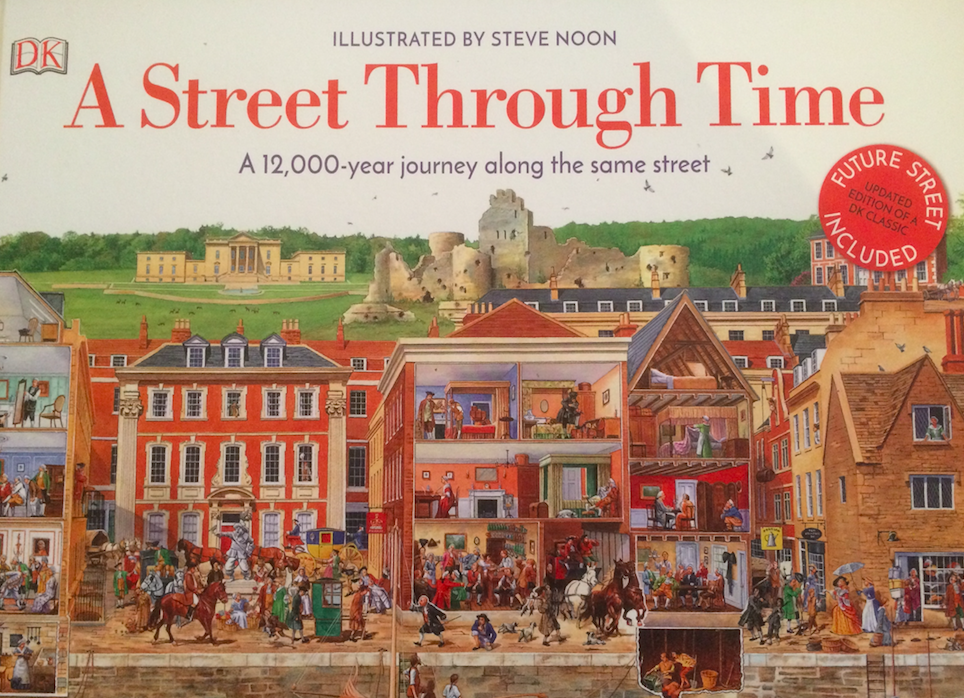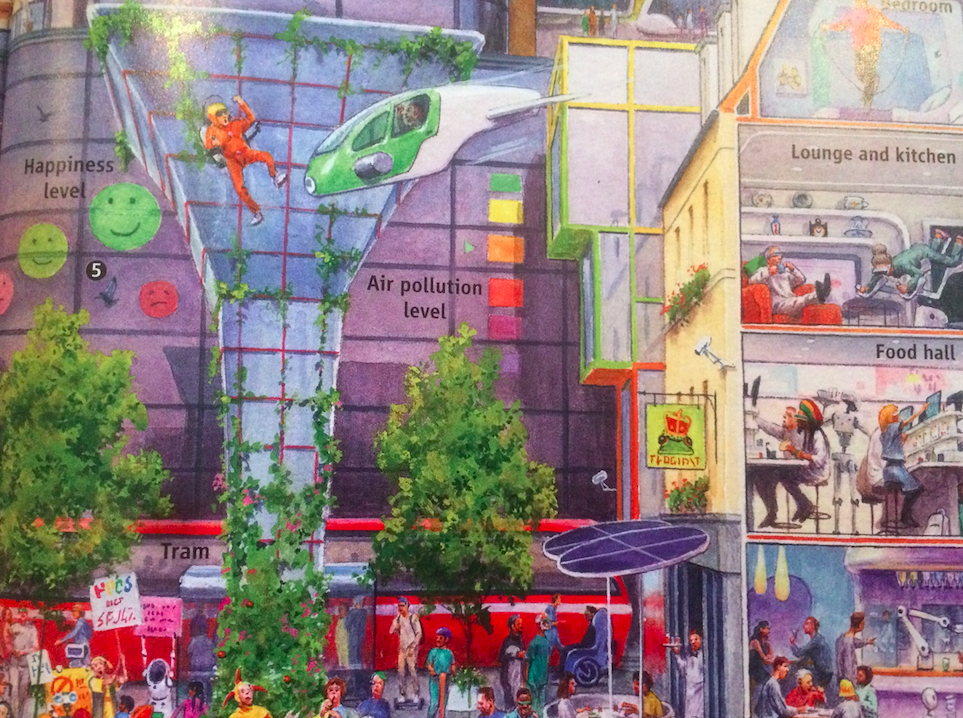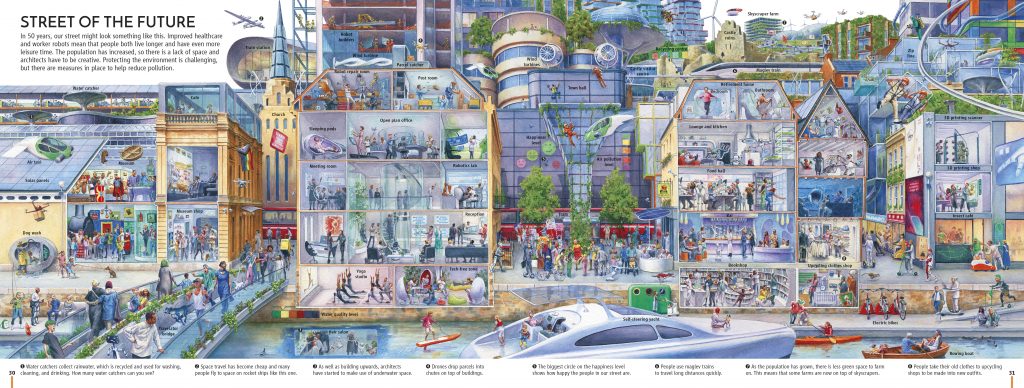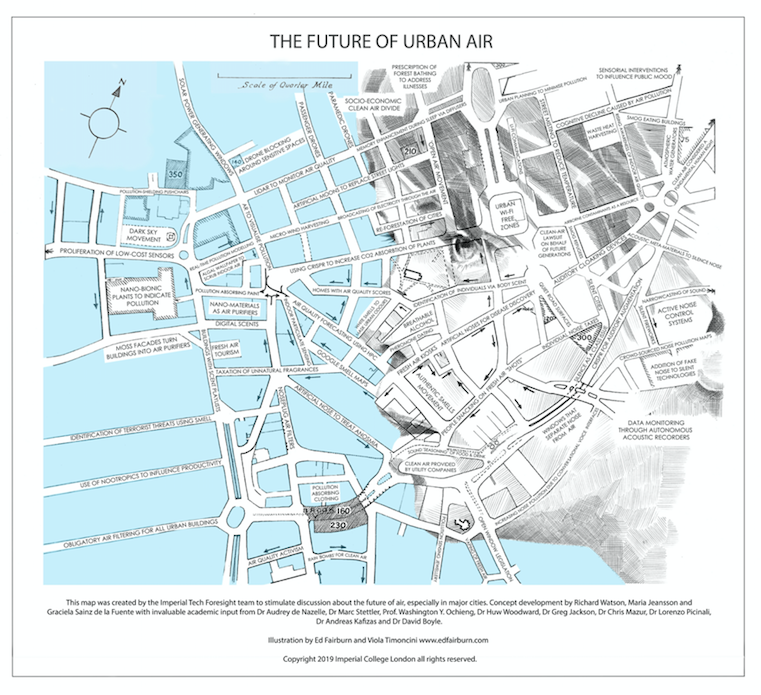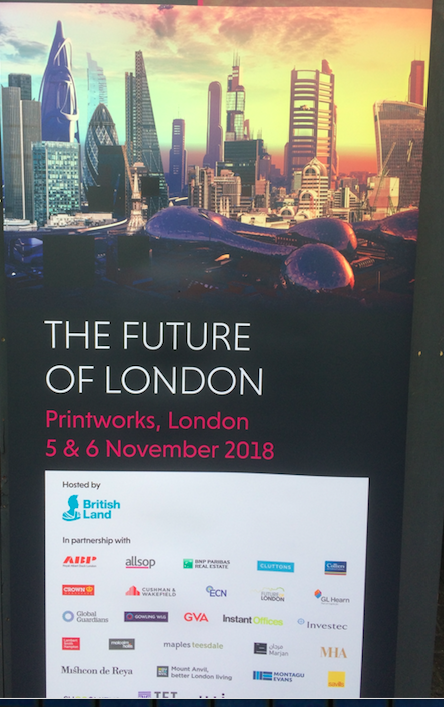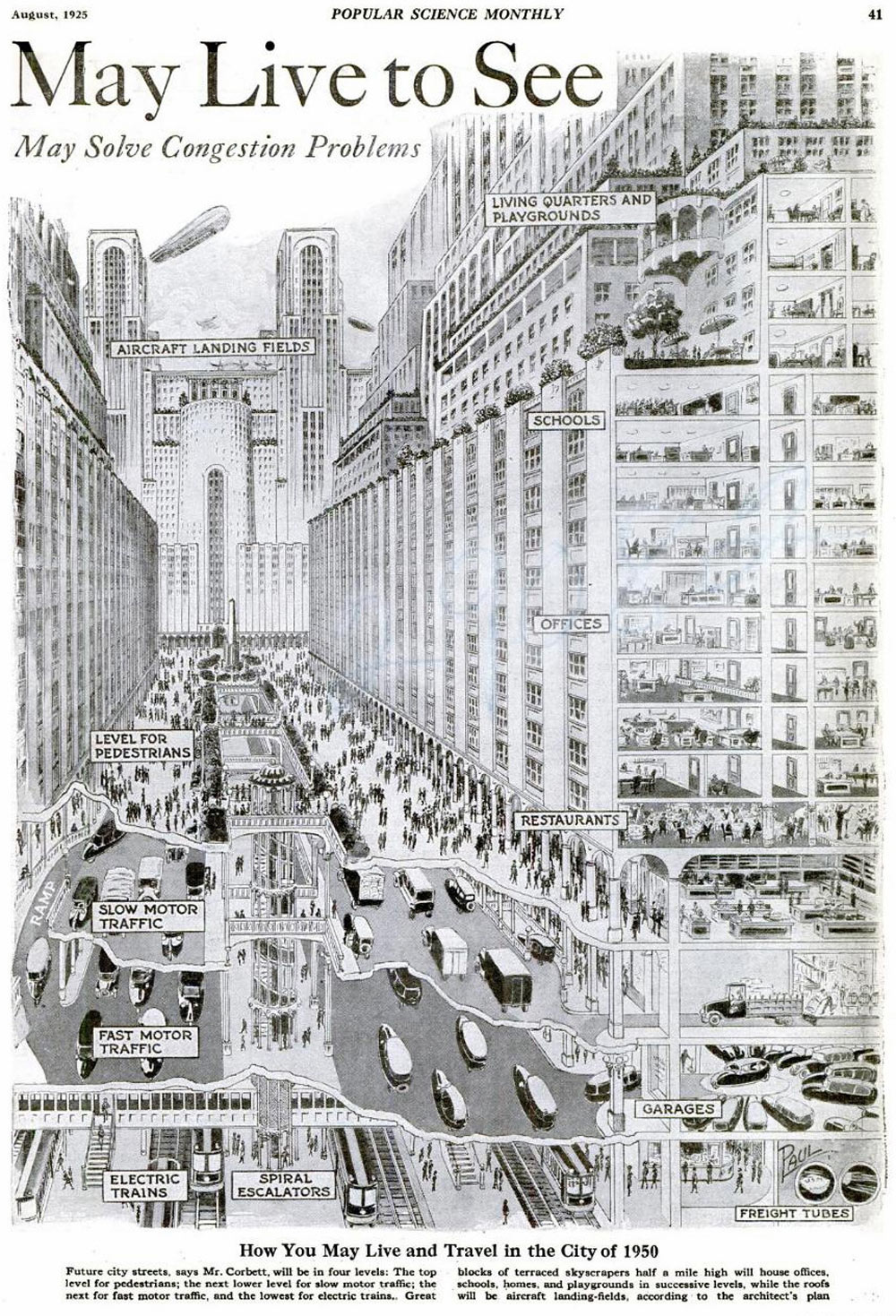Driving around the UK tends to give one the impression that the country is crowded, built-upon and even ‘full’. However, the proprtion of the UK classified as “continuous urban fabric” is just 0.1% while another 5.3% is classified as “discontinuous urban fabric” in which 50-80% of land is built upon. The rest, let’s be generous and call it 94%, is rural and not built upon in any form.
It’s much the same story with the USA, with under 5% being “developed” (see map). This all feels counter-intuitive, but I think it’s a good example of how our persoanal experience and ‘view’ – if you can call it that – effects our thinking.

